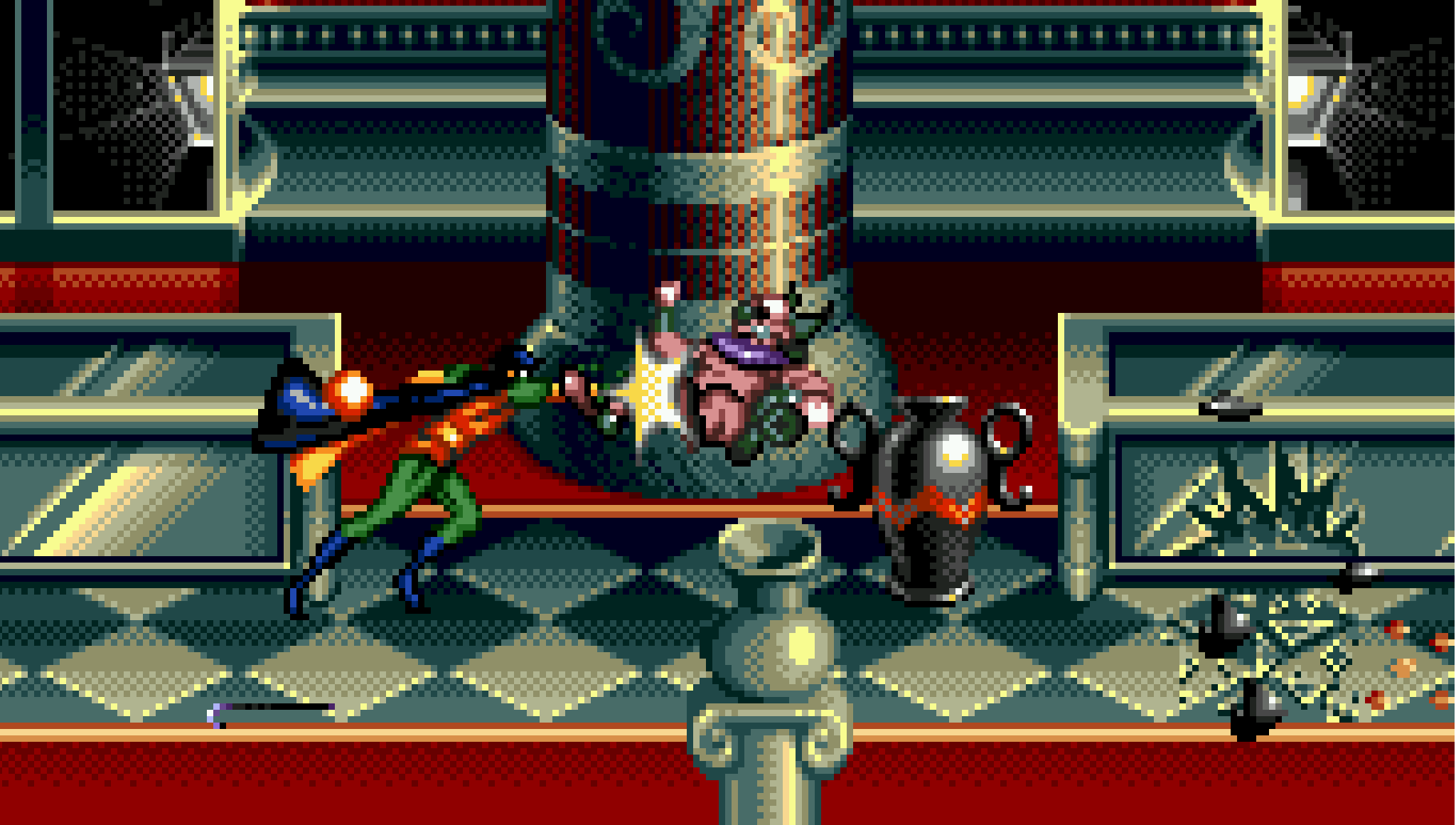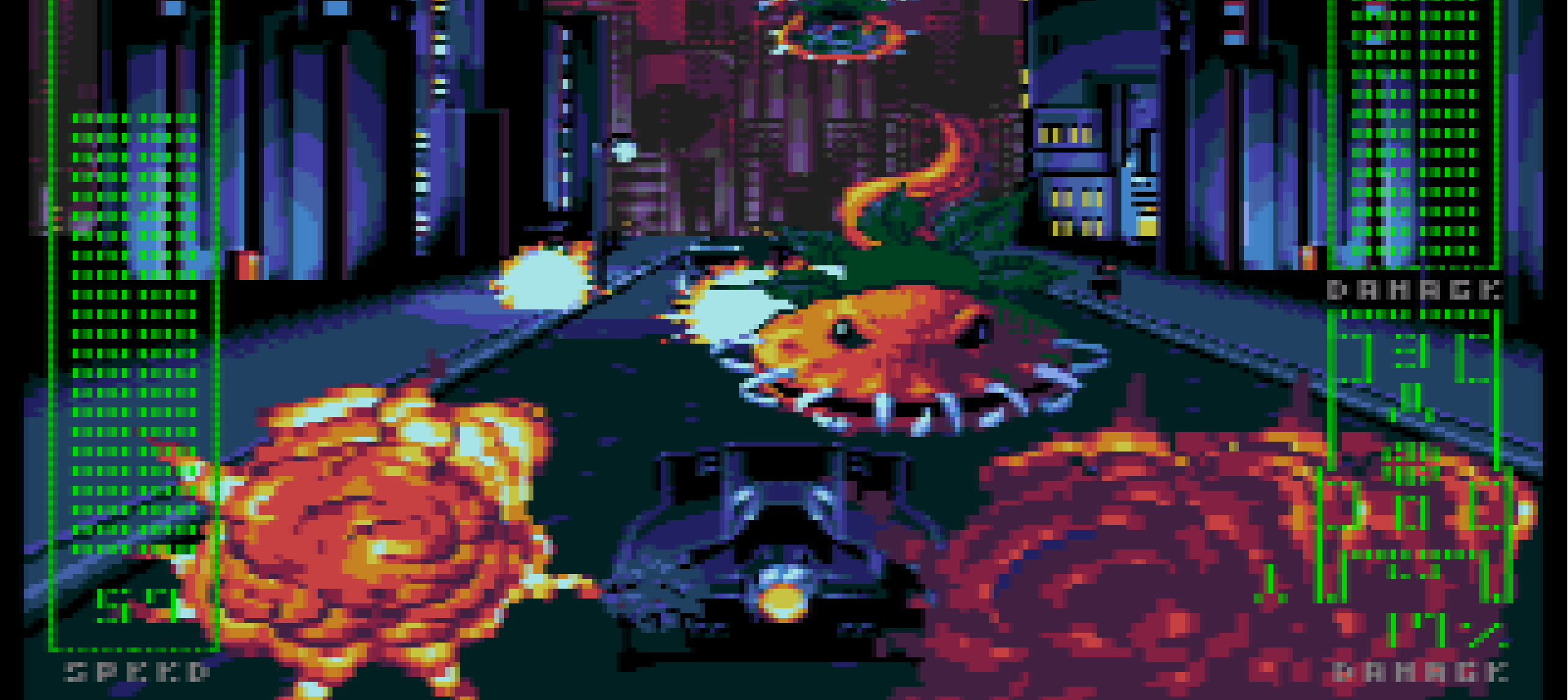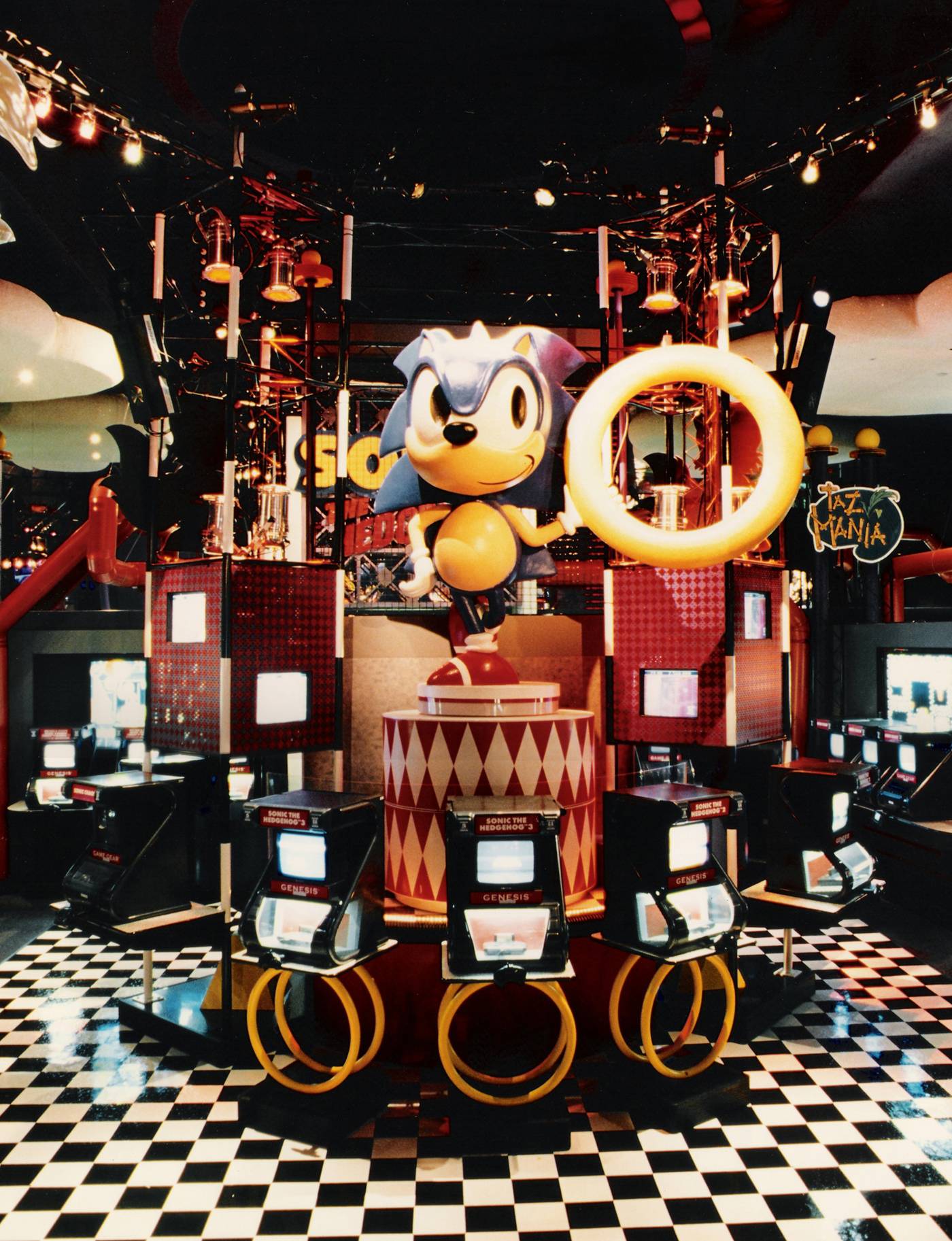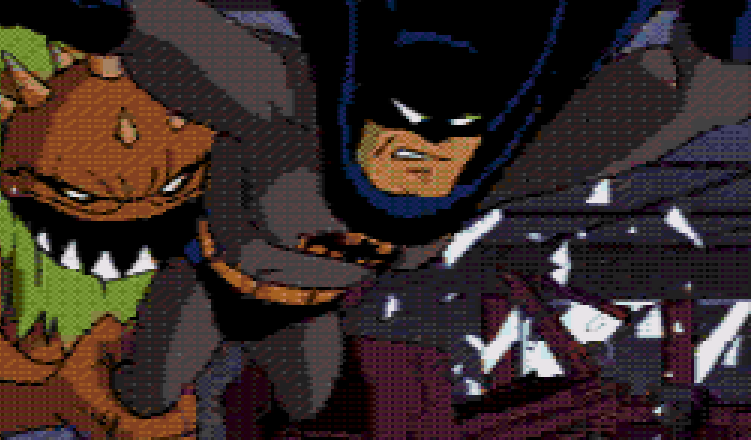Games that push the limit of their systems are a personal favourite of mine, ones that are filled to brim with all of the eye candy you could want. The sad thing about these types of games is that their usual not the best in terms of gameplay, they’re the type of games that are better seen than played. Obviously, there is some exceptions to this rule. Which brings up to the short-loved developer Clockwork Tortoise.
Clockwork Tortoise had a short history. It was a merge of ex-developers from another developer for the Sega Genesis; Malibu Interactive, a game division of comic book manufacturer Malibu Comics. The two main people involved with Clockwork’s founding was Stephen Thomson and John O’Brien, two people famous in the European games industry for their talents in art and programming. Clockwork Tortoise was incorporated on September 21th, 1993, with Stephen as the company’s president.
The company was small, made up of other ex-developers from Malibu and friends of John and Stephen from their days at Ocean Software. The location was in the United Kingdom, later moving to California around 1996, which reportedly caused heavy disagreements within company doors. All of their games were licenses from DC Comics, a company Sega had ties with since the early 90’s.
Their first game? A license for a cartoon based off of DC’s caped crusader, which had just started to rise in popularity.
The Adventures of Batman & Robin (Sega Genesis, 1995)
To many Genesis fans, The Adventures of Batman & Robin is the prime example of how much power could be done on the console. Pseudo-3D backgrounds, colourful graphics, cracking (yet a bit unfitting) tunes, etc.
Mr. Freeze has gone mad, releasing the three worst villains in Gotham from prison to help turn the city into a frozen wasteland. It’s up to you to either play as Batman or Robin to stop Mr. Freeze before you’re to late. Both of them are essentially the same gameplay-wise, minus their weapon of choice; Batman has his Bat-a-rang while Robin has these weird ninja star thingies.

The latter half of this game also starts to pale in comparison to the first levels, going more towards long flying second rather than the Gunstar Heroes style beat-em-up sections you go at before. Luckily, that is the gripe I had with this game. Everything else? Amazing! The game’s effects are a certain highlight I’d like to bring up. Programmer John O’Brien shows off the very best of his work in this game, using a lot of neat parallax tricks with the background. The Cheshire Cat Boss in specific is an absolute spectacle to look at.
Once you’ve gotten past the difficulty and level length, there’s really a great game beneath that’s worth a shot. If you can’t get past the difficultly, I’d suggest using an Action Replay or a Game Genie, if that’s how you roll.
The Adventures of Batman & Robin (SEGA CD, 1995)
Don’t let the name fool you, this Sega CD exclusive has absolutely no relation gameplay-wise to the Genesis game whatsoever. This is less Gunstar Heroes and more Chase H.Q, if that makes any sense.
You’re in your Batmobile, speeding down Gotham (with a cool scaling effect) in attempt to stop the city’s worst villains; The Joker, Poison Ivy, The Riddler, yadda yadda yadda. Your goal to beat the six required levels is too either race to the end of the level before the time limit runs out or destroy all the enemies in the level with your missiles. It’s a fast-paced action game, even more with a boost item that is essentially required to beat the later levels.
This game definitely has more problems then the Sega Genesis game. The Batmobile’s control can be very stiff at some sections, which can add an unneeded amount of difficultly to the game. Even without the stiff controls, the game is still very hard (albeit easier than the Genesis version), filled to brim with tight turns and strict time limits.

The most interesting part about this game is it’s cutscenes. Sega Of America commissioned several writers and animators from Batman: TAS to create unique cutscenes for this game. The animation is noticeably grainy thanks to the quality of the system it’s running on, but tries it hardest to look very crisp, and is presented in a nice widescreen format.
“It helps when Sega hires the Japanese animation studio responsible for some of the best episodes of the series to hand-draw all the animation frames for the Batman and Robin characters. We would scan them in, and I was responsible for going over them frame-by-frame to turn the scanned drawings into sprites. One of the surprising parts of this was that the animation studio actually sent us all the frames (thousands of them) as original pencil drawings instead of photo-copies.”
– Chris George, Clockwork Tortoise artist. Quote courtesy of Sega-16.
Extreme difficulty aside, it’s a very fun game. I mean, who doesn’t love fast-paced racing?
X-Women: The Sinister Virus (Sega Genesis, Unreleased)
In late 1996, Sega Of America decided to wrap up production of Sega Genesis as it was quickly heading into the obsolete market in favour of newer systems like the Saturn. As a way to cap off the system with a bang, they developed three more games to release on the system; Sonic 3D Blast, Vectorman 2, and what was arguably planned to be the final third party release for the Genesis, X-Women: The Sinister Virus.
X-Women was Clockwork’s spiritual successor to the previous X-Men games for the Genesis. The game was reported to be a side-scrolling action game where Rogue, Storm, and Jean Grey fight off evil after the X-Men are all weakened by a deadly mutant virus. A one-level demo was shown off at E3 ’96 and was met with positive reception and a release date for Fall of that year. Another demo was shown off in 1997 at Epcot’s Innovations with a new release date for January. After a few more delays, X-Woman: The Sinister Virus was quietly cancelled.

X-Women had a troubled history from the start according to Sega employee John Pedigo. The game had only made it to the early development stages, with only the music, art, and early programming done. It’s cancellation was thanks to several problems at the Clockwork Tortoise, mainly the retirement of John O’Brien which left the game incomplete. No prototypes of X-Women have ever been found.
Conclusion
There’s a multitude of reasons that lead to the sudden fall of Clockwork Tortoise. The previously mentioned retirement of John O’Brien left the company without a technical talent. It’s unknown why exactly John left the industry. Stephen Thomson (Clockwork’s president and art director) also left the company after arguments over the company moving from the UK to the US.
The main issue that lead to Clockwork’s failure however was how the company was structured. Clockwork’s indent was to create games with some of the best graphics/sound/programming a system could handle, but were lacking in the organization needed to make the company do so in a successful route.
Their games were released at a time when the 16-bit era was winding down at a speeding rate, and they were swept under the rug in favour for the pre-Saturn hype Sega was brewing up. There’s a chance that Clockwork Tortoise could’ve seen more success if they made came into the industry at an early time, but that is an arguable statement. The industry just wasn’t ready for a company like Clockwork.







Hi! I’m John O’Brien’s partner and the information on John is incorrect. Can you please remove it from your article?
Hi, Jenise. Sorry for the late reply.
Apologies for the errors in our article regarding John and his company. I have since removed them from our article. IIRC the rumors may have originated off a forum discussing Clockwork Tortoise.
Would you be happy to talk over email?